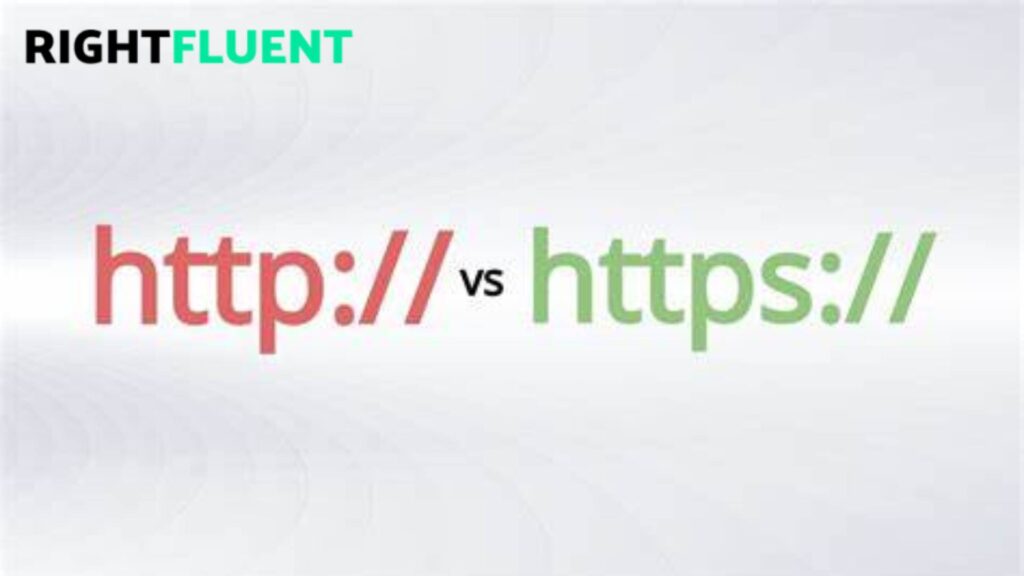5 differences between web security and website security Although the terms “website security” and “website security” are frequently used interchangeably, it is essential to know the difference. While users are the primary focus of web security, protecting data stored and transmitted over websites is an additional aspect of website security. Find out more about how these two terms differ from one another. Additionally, find out more about our Information Security Solutions here.

- 5 differences between web security and website security
What is Web Security?
The protection of computer networks and systems from damage or theft of software, hardware, or data is referred to as web security. It also includes preventing computer systems from misdirecting or interfering with the services they were made to provide.
Cybersecurity is synonymous with web security, which also includes safeguarding websites against attacks. It protects cloud services and web-based applications, respectively, with cloud security and web application security. The protection of a virtual private network (VPN) is also included in the scope of web security.
Web security is essential to the efficient operation of any computer-based business. Your website—and even your entire network—can be brought down, putting an end to business operations, if a website is hacked or if hackers are able to alter your software or systems.
Factors Affecting Web Security and Web Protection
What is the difference between web and website security? Security professionals take into account a variety of factors when deciding whether or not to adhere to Open Web Application Security Project (OWASP) standards, criteria set by the government, or internal policies. Security personnel can stay up to date with industry-standard web safety expectations by staying up to date with OWASP standards.
Additionally, user authentications must be properly managed, the Web Hacking Incident Database (WHID) must be updated, and encryption must be kept up to date. Security personnel is required to apply the most recent patches in response to new vulnerabilities.5 differences between web security and website security Software development teams must implement protocols to prevent code theft during or after its writing in order to protect data.
Technologies for Web Security
Web application firewalls (WAFs), security or vulnerability scanners, password-cracking tools, fuzzing tools, black box testing tools, and white box testing tools are some of the technologies that can assist businesses in achieving web security.
Web Application Firewalls (WAFs)
What are By monitoring and filtering internet traffic that moves between an application and the internet, a web application firewall, also known as a WAF, safeguards web applications. A WAF functions as a secure web gateway (SWG) in this manner. Web applications are shielded from a variety of threats, including cross-site scripting, file inclusion, cross-site forgery, and Structured Query Language (SQL) injection.
A WAF operates within Layer 7 of the Open Systems Interconnection (OSI) model. It is effective against a variety of internet threats, 5 differences between web security and website security but it is not designed to protect against all of them. A WAF frequently operates as part of a collection of security tools designed to safeguard a computer, network, or application.
Security or Vulnerability Scanners
Vulnerability scanners are tools that businesses use to automatically check their applications, networks, and systems for security flaws. The results of a vulnerability scanner can be used by security teams to address critical vulnerabilities once the target system has been checked.
Password-cracking Tools
Even if you have forgotten or lost your password, you can still access your system with password-cracking software. In a few different ways, this helps businesses maintain web security.
First, a password-cracking tool gives you access if you need to change your password but can’t remember the first one. Second, if someone has gotten into your system and changed the password, you can use a tool that cracks passwords to get back in and change it to something harder to guess, regaining control.
Fuzzing Tools
Fuzzing tools are used to look for coding errors that could lead to security flaws in software, networks, or operating systems. A fuzzier identify the potential causes of the problem once an error has been discovered.
Fuzzing tools can also be useful at different points in the software development process. They can be used by developers to learn about vulnerabilities so that they can be fixed, whether they are implemented during initial testing, before final deployment, or somewhere in between.
Black Box Testing Tools
Black box testing is the process of testing a system without knowing how it works. The tester only sees the input they enter and the output they get. In many ways, the tester only knows about the system as well as a random user would.
5 differences between web security and website security. Black box testing tools are used to see how the system handles user actions that were not expected. They can assist security personnel in evaluating response times, software performance issues, and the system’s reliability.
White Box Testing Tools
5 differences between web security and website security While white-box testing gives you a look inside how the software works, black-box testing is conducted from the user’s perspective and does not provide any insight into the code. The design, coding, and internal structure of software are tested using white box testing to improve its design and guarantee the smooth flow of data into and out of the application.
Because you can see the code during white box testing, it is sometimes referred to as clear box testing or transparent box testing.


